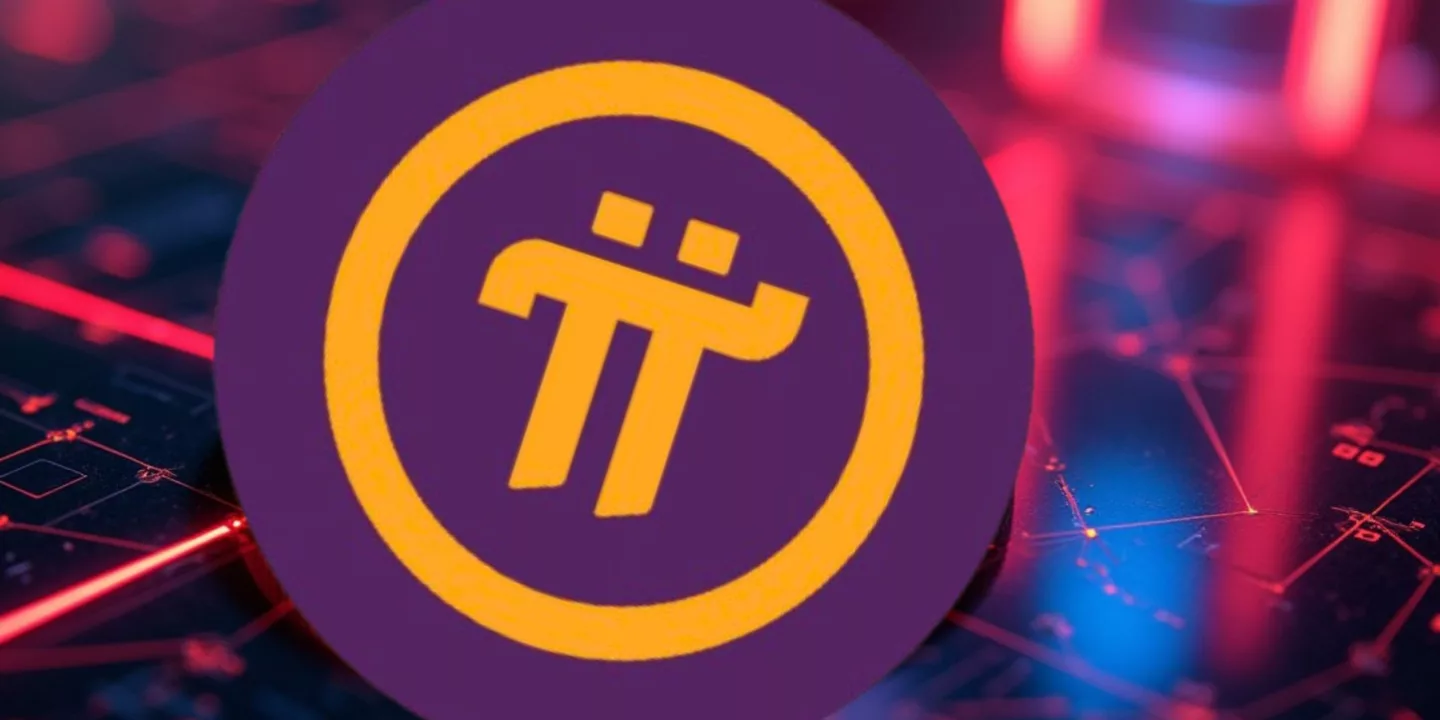
The Pi Network is poised to make a significant leap in the cryptocurrency space with the imminent launch of its Open Mainnet on February 20, 2025. This milestone marks the transition from a closed ecosystem to an open network, enabling external connectivity and broader utility for its native cryptocurrency, Pi. As the launch date approaches, Pi coin has garnered substantial attention, positioning itself as a trending topic in the crypto community.
Understanding Pi Coin
Launched on Pi Day, March 14, 2019, by a team of Stanford graduates, Pi Network set out with the mission to democratize access to cryptocurrencies. Recognizing the barriers posed by traditional mining methods, which often require significant computational power and energy consumption, Pi Network introduced a novel approach: allowing individuals to mine Pi coins directly from their mobile devices without draining battery life or incurring hefty costs.
This user-friendly mining mechanism has been pivotal in Pi Network’s rapid growth. By simplifying the mining process, the network has attracted a diverse global user base, referred to as “Pioneers.” As of December 2024, over 18 million Pioneers have completed the Know Your Customer (KYC) process, with more than 8 million successfully migrating to the Mainnet.
The Journey to Mainnet
Pi Network’s development has been structured into distinct phases, each building upon the last to ensure a robust and scalable ecosystem:
1. Beta Phase: Initiated at launch, this phase focused on user acquisition and testing the mobile mining application.
2. Testnet Phase: During this period, the Pi Network’s blockchain was tested extensively to identify and rectify potential issues, ensuring stability and security.
3. Mainnet Phase: This phase began with the Enclosed Network period, where the Mainnet was live but operated within a firewall to prevent unauthorized external access. This approach allowed Pioneers to complete KYC verification and migrate their Pi balances to the Mainnet while the community developed applications and utilities within a controlled environment.
Transition to Open Network
The upcoming Open Network period signifies the removal of the firewall, granting external connectivity to the Pi blockchain. This transition is scheduled for February 20, 2025, at 8:00 AM UTC. The Open Network will enable several key functionalities:
• External Transactions: Pioneers will be able to transfer Pi coins to external wallets, facilitating broader adoption and integration with other blockchain platforms.
• Decentralized Applications (dApps): Developers can deploy dApps on the Pi blockchain, enhancing the ecosystem’s utility and providing Pioneers with diverse use cases for their Pi holdings.
• Exchange Listings: With the Open Network, Pi coin is expected to be listed on various cryptocurrency exchanges, increasing liquidity and providing Pioneers with avenues to trade Pi coins.
Why is the Pi Network Trending?
Several factors have contributed to Pi Network’s trending status in the cryptocurrency space:
- Imminent Open Network Launch: The scheduled transition to an open network has generated excitement, as it promises increased utility and accessibility for Pi coins.
- Exchange Listings: Speculation and announcements regarding Pi’s listing on major cryptocurrency exchanges have heightened interest. Notably, the price of Pi surged by 85.47%, jumping from $48.24 to $99.96, following the announcement of the Open Network launch.
Our Pi coin price prediction offers a detailed analysis of potential price movements after the Mainnet launch, considering various key factors that could influence its value – Pi Price Prediction for 2025 to 2030
Conclusion
As Pi Network approaches the launch of its Open Mainnet, it stands at a pivotal juncture in its evolution. The mainnet launch represents Pi Network’s transition from an ambitious concept to a fully operational blockchain ecosystem. The transition promises to enhance the utility of Pi coins, expand the ecosystem through dApp integration, and increase accessibility via exchange listings. These developments, coupled with a robust roadmap and active community engagement, underscore Pi Network’s potential to make an impact in the cryptocurrency space.





